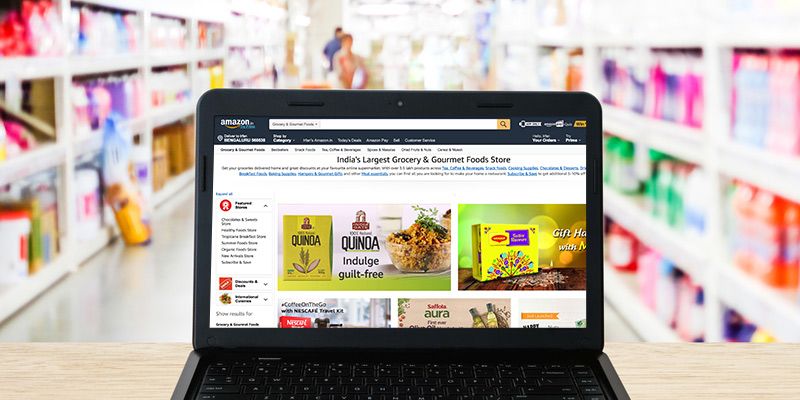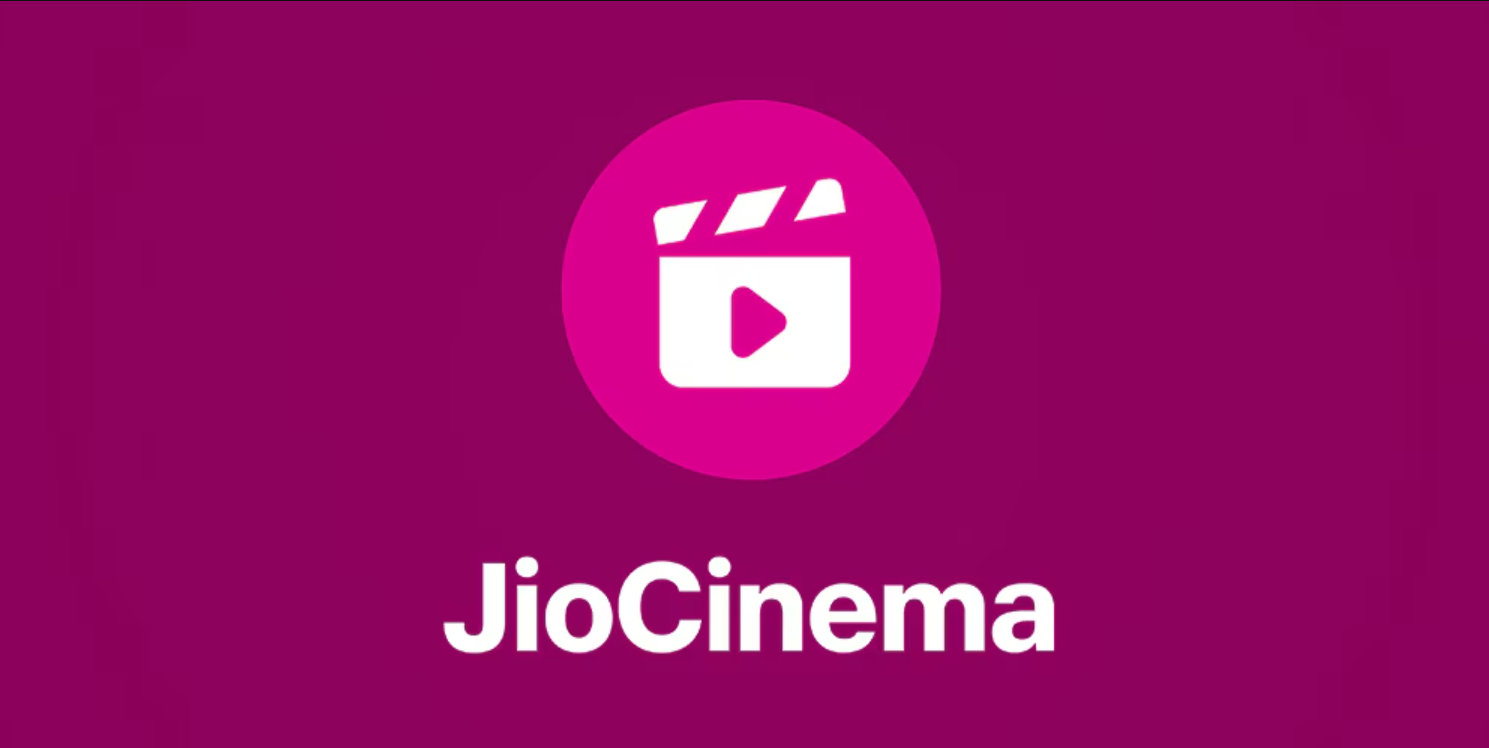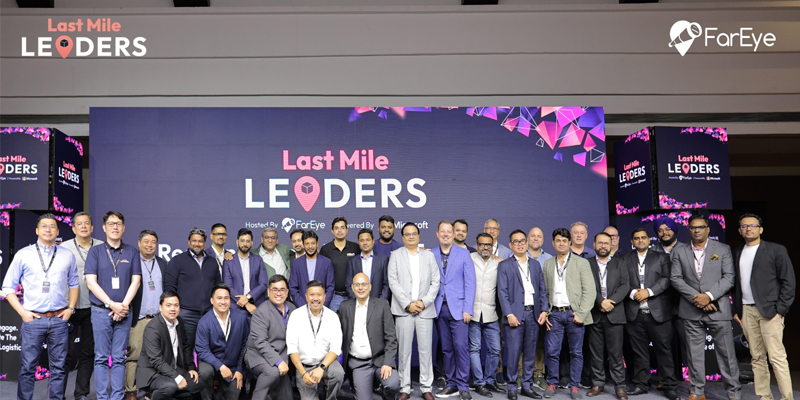Decoding Amazon’s format-based grocery strategy in India
Amazon is betting on the grocery and FMCG category to become India’s “apni dukaan”, and is offering customers different formats to satisfy different needs to great effect.
That morning cup of tea or coffee that we need every day - Amazon wants to become a habit just like that for millions of Indian online shoppers. To ensure forming this habit, Amazon is betting on one category – grocery and FMCG.
How does grocery and FMCG get customers hooked? Saurabh Srivastava, Director of Consumables and FMCG at Amazon India says,
If you want to transform a person's shopping experience you need to look at where a customer spends the most time. The answer is FMCG and grocery. Customers interact and engage on a daily basis in this category. You don't buy a mobile phone or a fridge on a daily basis.”
Therein lies the answer - this category brings customers back to the site regularly. While the per-basket size may be low compared with a category like mobile phones, volumes are quite high. In fact, this category is the number one, when it comes to units sold on Amazon.

This is true of overall grocery offline. An IBEF study estimates that in 2016, the Indian grocery market reached $566 billion in size, while the overall retail market was at $672 billion. It is this massive market that Amazon and others want to crack.
However, the share of online is miniscule in this category. In 2017, online retailers are set to capture only $1 billion worth of grocery sales according to research firm RedSeer Consulting. BigBasket has dominated the online grocery segment in India, and according to a Goldman Sachs report, the company has 85 percent market share. But, its order volume is only about 40,000 – clearly there is much room for growth.
Others, however, are keenly eyeing this space. Flipkart CEO Kalyan Krishnamurthy said the company will soon launch grocery, when he spoke to YourStory immediately after the BigBillionDays sale late last month. Alibaba and Paytm are in talks to invest in BigBasket. However, among the marketplaces Amazon has a head start in this segment. Earlier this year, Amazon got Government approval to invest $500 million in food retail in India. The Government had allowed 100 percent FDI in food retail in the country last year. Under this, foreign companies can set up wholly-owned subsidiaries in India to retail food produced in the country through physical or online stores.
Saurabh declined to share absolute numbers in terms of revenue/sales. He, however, said the category has grown 2x since last year. Also, the South is the biggest contributor in volume and value in the grocery segment. The North and West are the next biggest zones, but are growing faster at 1.5 times, compared with the South. Maharashtra, Karnataka, Delhi, Uttar Pradesh and Andhra Pradesh are the top five states driving the grocery business for Amazon.
Format approach
Amazon had listed essentials like diapers right from the time of its India launch in 2013. However, other segments like packaged food were added in 2014. But the decision makers at Amazon realised pretty soon that just offering an endless supply of products in this category, as it does with other categories like mobile phones or fashion, was not enough. So they went ahead and launched four different formats of shopping in grocery, which includes packaged goods ranging from staples like rice, to essentials like diapers and toothpaste, to beauty products.
The formats are the following:
Amazon Now: Launched two years ago, this is the only format that offers fresh produce. Amazon follows a hyper local delivery model and has partnered with large format stores like Big Bazaar and Hypercity in four major cities – Bengaluru, Delhi-NCR, Mumbai and Hyderabad – to deliver daily essentials within two hours of customers placing an order.
Super Value Day: Launched around the same time as Amazon Now, the Super Value Day is held on the 1st and 2nd of every month. On these days, over 40,000 products in this category are on discount. Plus, if a customer buys products worth a certain amount, he can get an Amazon gift card worth up to Rs 1,200. This is available across the country.
Subscribe and Save: With Amazon’s product subscription service, customers can subscribe any product – even toothpaste – and get 10 percent additional saving. Saurabh says he was sceptical whether people would subscribe to toothpastes and shampoos. “But we have been overwhelmed. Over 50 percent of subscribe and save volume is from tier-II and tier-III cities,” he says. This service is available for customers across India, but is restricted to a certain set of products.
Amazon Pantry: Launched as a pilot in Hyderabad last year, Pantry is today available in over 30 cities. The idea is customers get the products they order under Pantry all together the very next day. Only products that are available near a customer’s location show up under Pantry when he logs in, as Amazon needs to ensure all products ordered are packed together and reach the customer the very next day.
Catering to different needs

Why these four formats, one might ask. The reasoning is simple. Take a look at your own grocery shopping. You do your massive monthly shopping, but there are items you might have forgotten to purchase at the beginning of the month, and rush to the nearest kirana store for a quick purchase. Super Value Day, Subscribe and Save and Amazon Pantry cater primarily to the monthly purchase requirement. In these formats convenience is what is paramount.
In the case of Amazon Now, speed is the value proposition. “The customer decides which format works for him. One single format doesn't work for everyone and sometimes the same customer will order with different formats at different times,” says Saurabh. Shoppers can also buy the over 20 lakh products in this category through the regular method like they would a mobile phone without opting for these four formats.
Like with its other categories and processes, Amazon has adopted some of its global programmes for grocery and also innovated, specially for India. While Subscribe and Save, Amazon Now and Amazon Pantry have global precedence, Super Value Day is a complete India innovation for Amazon.
Saurabh says the global leadership team is studying the impact of Super Value Day, hinting the company may launch similar programmes in other countries. The subscription service and Now and Pantry are available only for Prime customers in other countries. Amazon Prime is the company’s popular membership programme, where customers get speedy delivery and access to a host of services for a fee. Also, cash-on-delivery is available for Indian customers of Subscribe and Save, an option not available elsewhere.
Amazon has also had to customise Pantry. “In India, curation is important as tastes and preferences vary according to region. US is pretty homogenous,” says Saurabh. Since only products stored in the local warehouse shows up under Pantry, Amazon had to ensure products that cater to local tastes are stored at each location.
“For instance, the type of rice that a customer in Hyderabad orders is very different from that ordered by a customer in Delhi. When we launched in Kolkata, we spent three months just figuring out tastes and preferences and curating products. National selection like an eyeliner or diaper remains the same across regions, but we do have a large selection of products curated to local tastes,” says Saurabh.
The team came across an interesting problem under Pantry. They noticed that a customer in Bengaluru would order a Pantry box for his parents in another location, say Hyderabad. “We had to inform customers to enter pin code of the delivery location before selecting Pantry products as the selection varies. We have a lot of anecdotal evidence of children living in one location ordering Pantry boxes or opting for Subscribe and Save for their parents living in another city,” says Saurabh.
These formats have thrown up some interesting consumer insights. Diapers are, unsurprisingly, highly subscribed, but, surprisingly, so are Vim bars.
Building loyalty
Customers, says Saurabh, are format agnostic. They typically start with one format, mostly the Super Value Day, and then graduate to others like Subscribe and Save. What is more interesting is the insight that customers who start shopping grocery on Amazon go on to buy other products like mobile phones and clothes on the site. "What’s very important is what they are doing outside this category. Once a customer starts shopping for FMCG on Amazon, he has completely adopted Amazon,” says Saurabh, adding that he expects the category to continue to command triple digit growth.
This is the crux of Amazon’s strategy – wow the customer with a great experience with one category and keep him hooked. The grocery category, which is where customers have high expectations in terms of speed, quality and convenience, gives Amazon a chance to completely convert a sceptical online shopper and that’s a chance the company doesn’t want to miss.
Says Saurabh:
This is a category we are super serious about. Our goal is not a certain GMV (gross merchandise value), it is to be the customers’ everyday store. We want to be part of their daily lives and be central to their lives. We can’t be central to their lives if we don't offer these products. From the toothpaste you use first thing in the morning to the face lotion you put on last thing at night, this category offers everything.”









